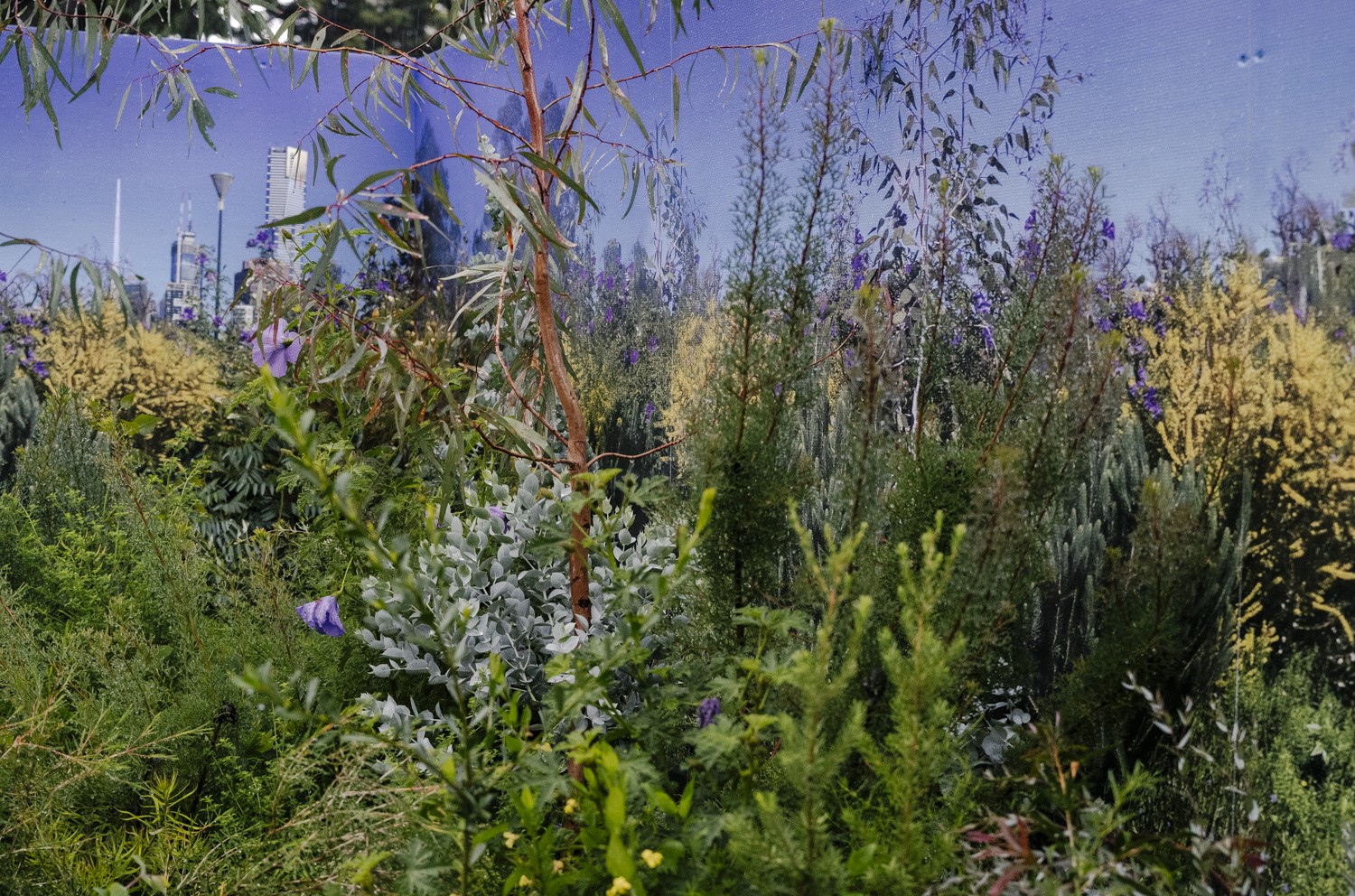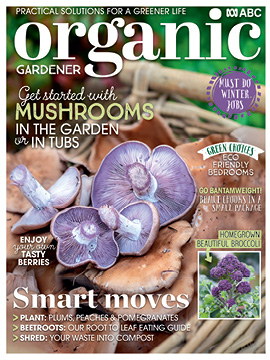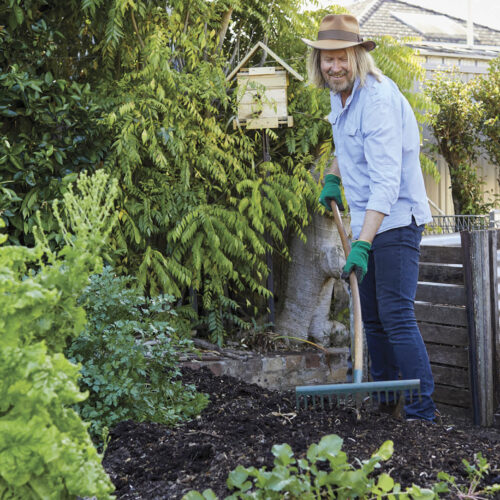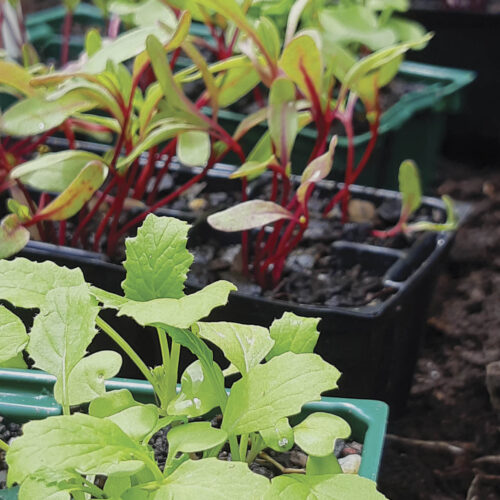Create your own patch of diversity
2023-05-16T01:46:16+10:00
The future of native gardens was showcased at the 2023 Melbourne International Flower and Garden Show. You can even create one in your own backyard!
There is no better feeling than walking through the botanical gardens and seeing beautiful native plants that attract butterflies, bees, and other wildlife. The thought of creating your own paradise in your garden might seem out of reach, but a new initiative by the University of Melbourne and the University of Sheffield makes it achievable. The Woody Meadows Research Project was started in 2015 as a way of responding to the growing desire to have plant diversity in public spaces. It has since evolved into a movement, spanning multiple states across the country, emphasising low-maintenance native flora, suitable for public spaces and home gardens.
Every new iteration of Woody Meadows improves upon its predecessor, finding and solving new problems along the way. Project leader and Associate Professor in Green Infrastructure Claire Farrell spoke about how nature is much more adaptable than we may think and that the native plants could cope with the coppicing to lower maintenance. Coppicing is a woodland management technique involving cutting trees or shrubs at their base that promotes vigorous regrowth.
At the 2023 Melbourne International Flower and Garden Show (MIFGS), a new variant on Woody Meadows was premiered – Flowery Swards, which was a collaboration between Melbourne Uni, Superbloom and Hassell. The main difference being that Flowery Swards contains a mixture of native and exotic plants and was specifically formulated to thrive in drought conditions, whilst Woody Meadows consists of all native, woody plants; focusing on longevity and lower maintenance.

The display at MIFGS was a modern take on a cottage garden and according to Claire, “people were taken by the wildness and beauty of it.” The planting contained 16 plants a square metre and three layers – a base layer with flowering groundcovers like Scaevola sp., a middle layer full of succulents and a top layer of everlasting flowers; which demonstrated how many plants you can fit into a space and still have it look amazing.
The most exciting aspect is that you can create mini meadows or swards in your own garden, Claire says “the exciting thing from a home gardener perspective is to plant closer than maybe the packet or label suggests.” She emphasises a playful and naturalistic approach to home plantings, the beauty of the meadows project is you don’t have to be as rigid with the planning of your garden, you can experiment until you find a layout that works for your individual needs. The low-maintenance aspect is also a plus for home gardeners, creating an opportunity to have a garden full of native flora that won’t take up all your time!
The future of the Woody Meadows Project looks bright. There has been overwhelmingly positive feedback from local councils and governments. Woody Meadows is in a research phase and Flowery Swards is still in its infancy, and they would love to test whether it is compatible for use in public gardens.
Community gardens could benefit from Flowery Swards, allowing people to come together and create beautiful patches of native gardens and foster a sense of community and collaboration. The drought-resistant plants of Swards mean this project can be achievable in community gardens across the country.
It is exciting to see this new exercise in sustainable gardening succeeding across the country. With more than 25,000 square metres of Woody Meadow plantings scheduled for 2023, make sure to keep an eye open for the next Woody Meadow in your local area!
Check here: https://woodymeadow.unimelb.edu.au/woody-meadows/
The exciting thing from a home gardener perspective is to plant closer than maybe the packet suggests. – Claire Farrell
Some of the native plants used in the MIFGS display that you can plant yourself:
- cut-leaved daisy (Brachyscome multifada)
- scaevola ‘mauve clusters’
- bulbine lily (Bulbine bulbosa)
- Rhodanthe manglesii
- Pycnosorus globosus
- kidney weed (Dichondra repens)
- Pelargonium rodneyanum
For more expert tips and ideas about organic gardening get our latest issue here.







